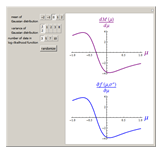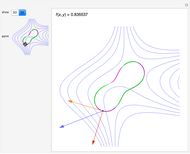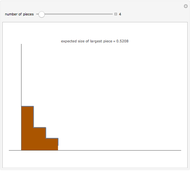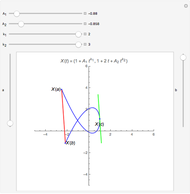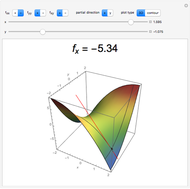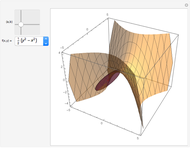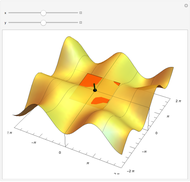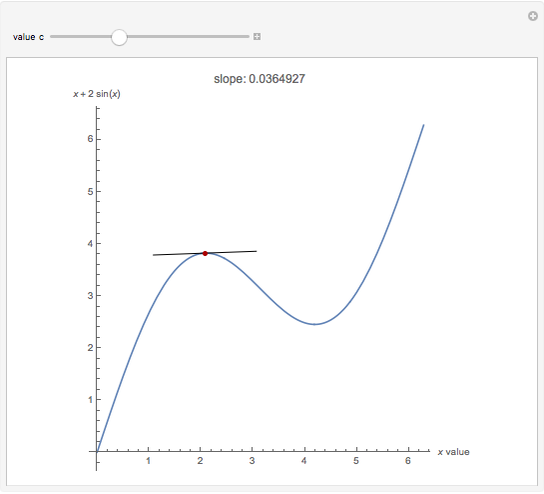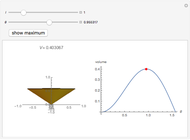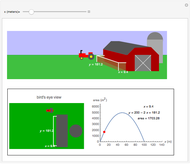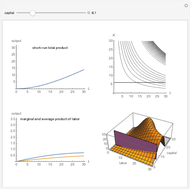The Envelope Theorem: Numerical Examples

Requires a Wolfram Notebook System
Interact on desktop, mobile and cloud with the free Wolfram Player or other Wolfram Language products.
The envelope theorem is used to solve maximization problems in the fields of microeconomics and finance. It is a fundamental result in the calculus of variations and is therefore often used in large deviations research.
[more]
Contributed by: Jeff Hamrick (March 2011)
Suggested by: Fred Meinberg
Open content licensed under CC BY-NC-SA
Snapshots
Details
We explain the envelope theorem by way of a concrete example.
Define  .
.
The log-likelihood maximization problem is to find parameters  such that
such that
 .
.
Fix  and define a new function
and define a new function  such that
such that
 .
.
Now we view  . Then the envelope theorem says that
. Then the envelope theorem says that
 .
.
The functions  and
and  are plotted in the top and bottom parts of the Demonstration output, respectively.
are plotted in the top and bottom parts of the Demonstration output, respectively.
Roughly speaking, then, the envelope theorem says that fixing  , maximizing over
, maximizing over  , and then taking the derivative with respect to
, and then taking the derivative with respect to  is the same as taking the derivative with respect to
is the same as taking the derivative with respect to  , then fixing
, then fixing  , and then substituting for the fixed
, and then substituting for the fixed  the particular
the particular  that maximizes.
that maximizes.
Permanent Citation


